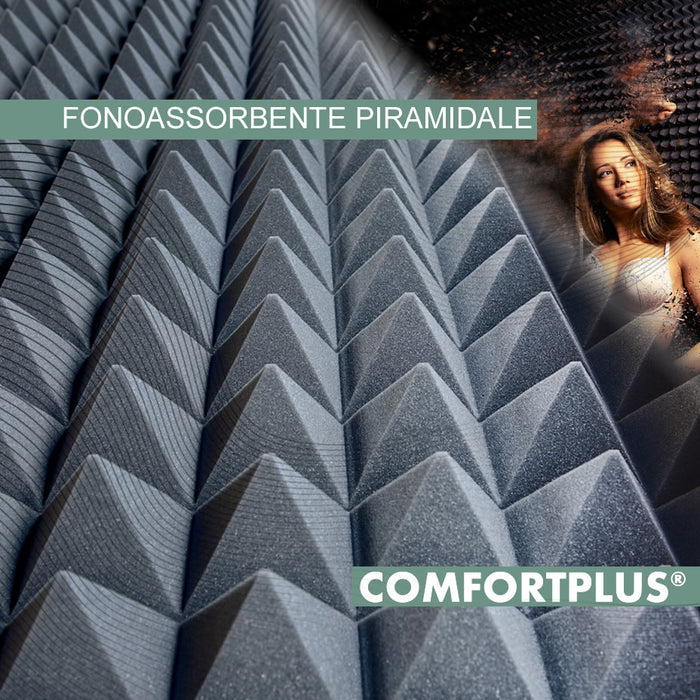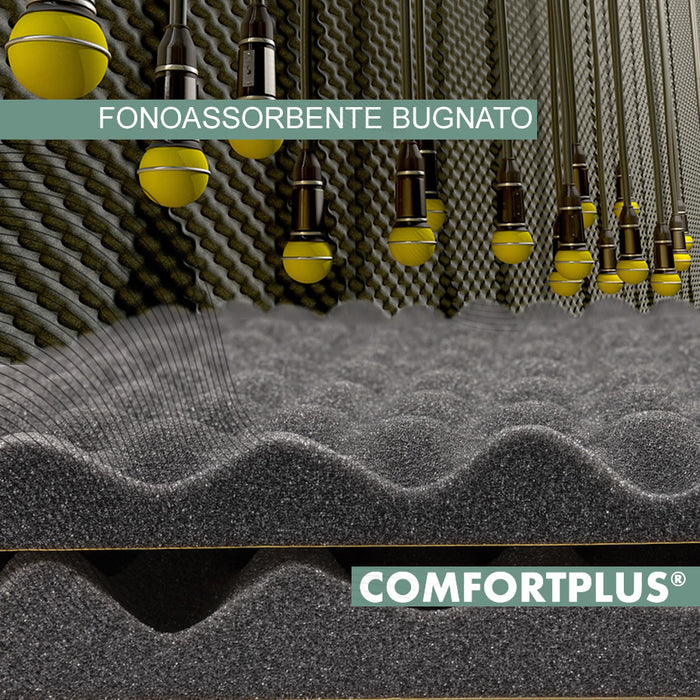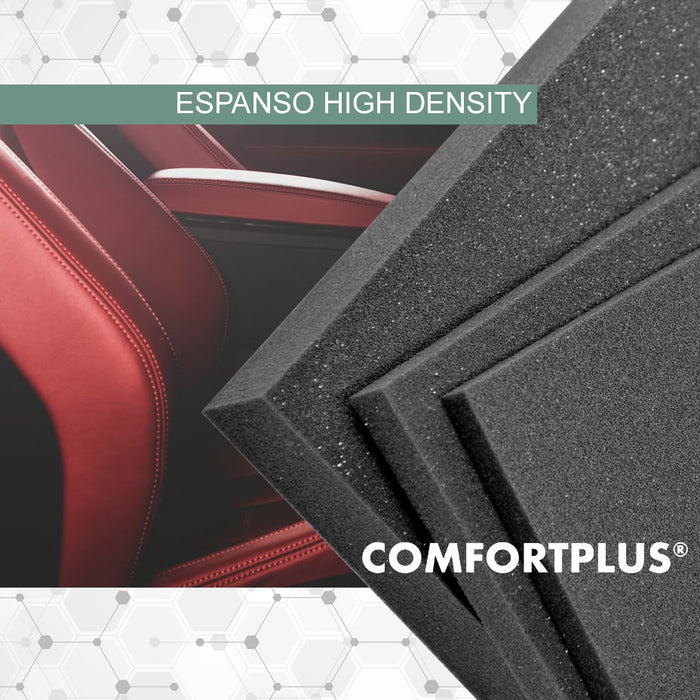

ComfortPlus®
ComfortPlus® belongs to the main family of our materials. It is available in a wide range of densities and colours and can be used to develop solutions for many industrial applications. It is the ideal product to be used in contact with the person, since its main feature is to be transpirable and non-allergenic. Thanks to its softness, it can be used for the protection and presentation of fragile objects.
ComfortPlus® foam

Original price
-
Original price
Original price
-
Current price

ComfortPlus® 25 mm self-adhesive sound-absorbing convoluted 4 m2
Original price
-
Original price
Original price
-
Current price

ComfortPlus® HD polyurethane in sheets for orthopedics, sports and technical uses
Original price
-
Original price
Original price
-
Current price








